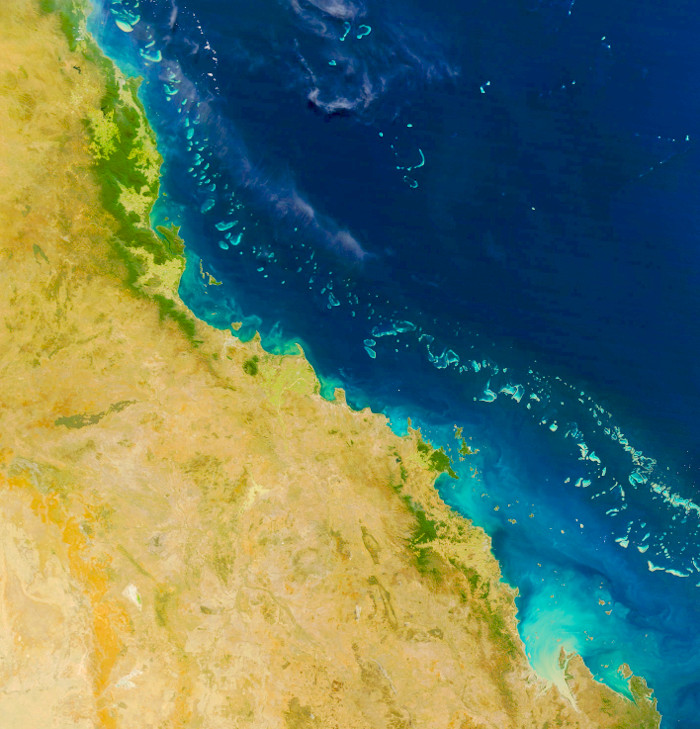Quality controls could help
 Experts say improved water quality offsets can play a crucial role in protecting the Great Barrier Reef.
Experts say improved water quality offsets can play a crucial role in protecting the Great Barrier Reef.
New research from the University of Queensland demonstrates how Queensland’s growing urban centres, including Cairns and Mackay, can adopt strategies used in biodiversity and carbon offsetting to meet water quality targets more effectively.
Water quality offsets are tools that help balance industrial pollution by reducing emissions elsewhere, usually from agriculture.
The research, published in Science of the Total Environment, also highlights uncertainties in measuring the success of these offsets, particularly in agricultural land use changes.
These challenges, according to the researchers, complicate efforts to effectively measure pollution reduction.
In particular, the study shows the rising demand for water quality offsets from sewage treatment plants, the largest industrial source of total nitrogen in Great Barrier Reef catchments.
Researcher Joseph McMahon from UQ’s Reef Catchments Science Partnership and his team estimated the need for offsets in areas like Cairns, where demand is expected to increase significantly by 2050, and in Mackay, where a smaller volume of offsets is required immediately.
The integrity of water quality offsets, the study argues, must be high in areas like these, where population growth and industrial pollution pose a greater threat to the health of the Great Barrier Reef.
Mr McMahon says that for these offsets to be effective, they must be close to the point source emissions and demonstrate a high degree of certainty regarding their effectiveness.
“It’s particularly important that water quality offsets in these catchments have a high integrity to ensure increased industrial pollution is adequately counterbalanced and important water quality targets for the Reef are met,” he said.
The research recommends several water quality offsets, including improved crop management and riverbank revegetation.
These measures can help improve water quality in Reef catchment areas by mitigating the impacts of industrial emissions.
McMahon notes that when agricultural offsets are implemented near pollution sources, and their effectiveness is more certain, they have greater integrity.
The experts say their findings provide an opportunity to balance rigorous scientific approaches with workable policy solutions until more research is conducted to resolve the uncertainties related to pollution sources and pathways.







 Print
Print